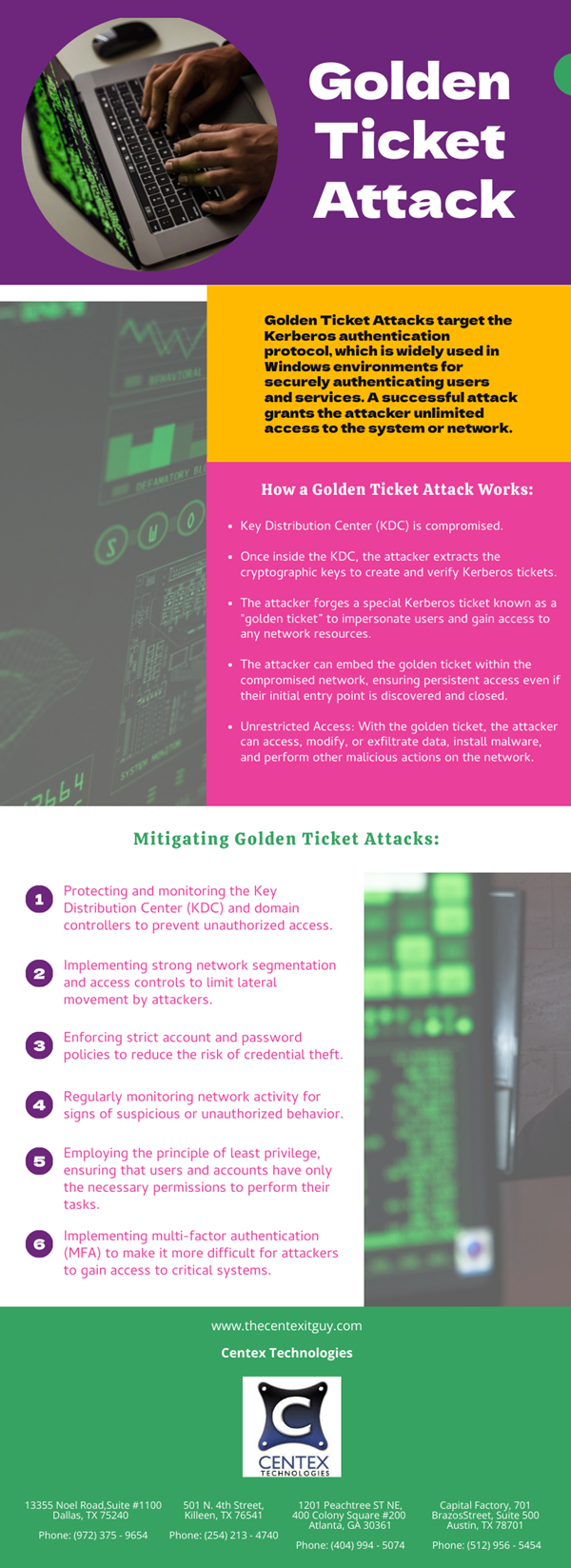The ability to swiftly identify and proactively detect potential threats is the cornerstone of a resilient security framework. This critical process integrates an extensive array of methodologies and advanced tools, ensuring the timely recognition of security incidents and empowering organizations to pre-emptively counter emerging threats.
Tools and Strategies for Identification and Detection Of Cyber Attack
Behavioral Analysis:
Behavioral analysis involves the continuous monitoring and scrutiny of system behaviors, user interactions, and network activities to pinpoint anomalies. Establishing baseline behavior profiles allows machine learning algorithms to discern deviations, adapting to evolving attack tactics for heightened threat detection and response. These algorithms identify patterns that diverge from the norm, offering insights into potential security breaches or malicious activities.
Threat Intelligence Integration:
Integrating diverse threat intelligence sources enriches defense mechanisms by providing insights into known threats and emerging risks. Regular updates from credible sources empower proactive identification and response to a wide spectrum of cyber threats, fortifying the organization’s security posture. These sources encompass indicators of compromise (IOCs), malware signatures, and contextual threat data, enabling swift identification and proactive measures against potential risks.
Intrusion Detection Systems (IDS):
IDSs serve as vigilant gatekeepers, actively monitoring network traffic for recognizable attack patterns or signatures. Employing both signature-based and anomaly-based detection methods, IDSs swiftly identify deviations from normal behavior. Signature-based detection compares traffic patterns against a database of known threats, while anomaly-based detection flags unusual activities within the network. This amalgamation aids in the rapid identification and response to potential security incidents, minimizing their impact on the network.
Endpoint Detection and Response (EDR):
EDR solutions offer real-time monitoring and response at the endpoint level, diligently scrutinizing activities like file modifications and suspicious processes. This proactive approach enables effective threat hunting and in-depth incident investigation, enhancing the organization’s threat visibility. EDR tools analyze endpoint data for indicators of compromise (IOCs) and behavioral anomalies, allowing swift containment and response to potential threats on individual devices.
Network Traffic Analysis:
Network traffic analysis tools scrutinize network packets and traffic patterns to detect potential threats like data exfiltration or unauthorized access attempts. By examining traffic behaviors and patterns, these tools identify deviations from the norm, aiding in early threat identification and response. They enable the monitoring of communication protocols and can quickly detect anomalies indicative of malicious activities within the network.
Log Analysis and Correlation:
Log analysis involves parsing and correlating logs from diverse systems to uncover security-related anomalies. Analyzing log data provides insights into user activities, system events, and potential security breaches. The correlation of log data helps identify patterns or anomalies that might indicate a security incident. This comprehensive analysis unveils potential security incidents that might otherwise remain undetected, allowing for proactive measures to be taken.
Centex Technologies offers cutting-edge cybersecurity solutions designed to safeguard businesses against evolving digital threats. We fortify digital infrastructure with advanced tools and strategies, ensuring proactive threat identification and swift response mechanisms. For more information, contact Centex Technologies at Killeen (254) 213 – 4740, Dallas (972) 375 – 9654, Atlanta (404) 994 – 5074, and Austin (512) 956 – 5454.


